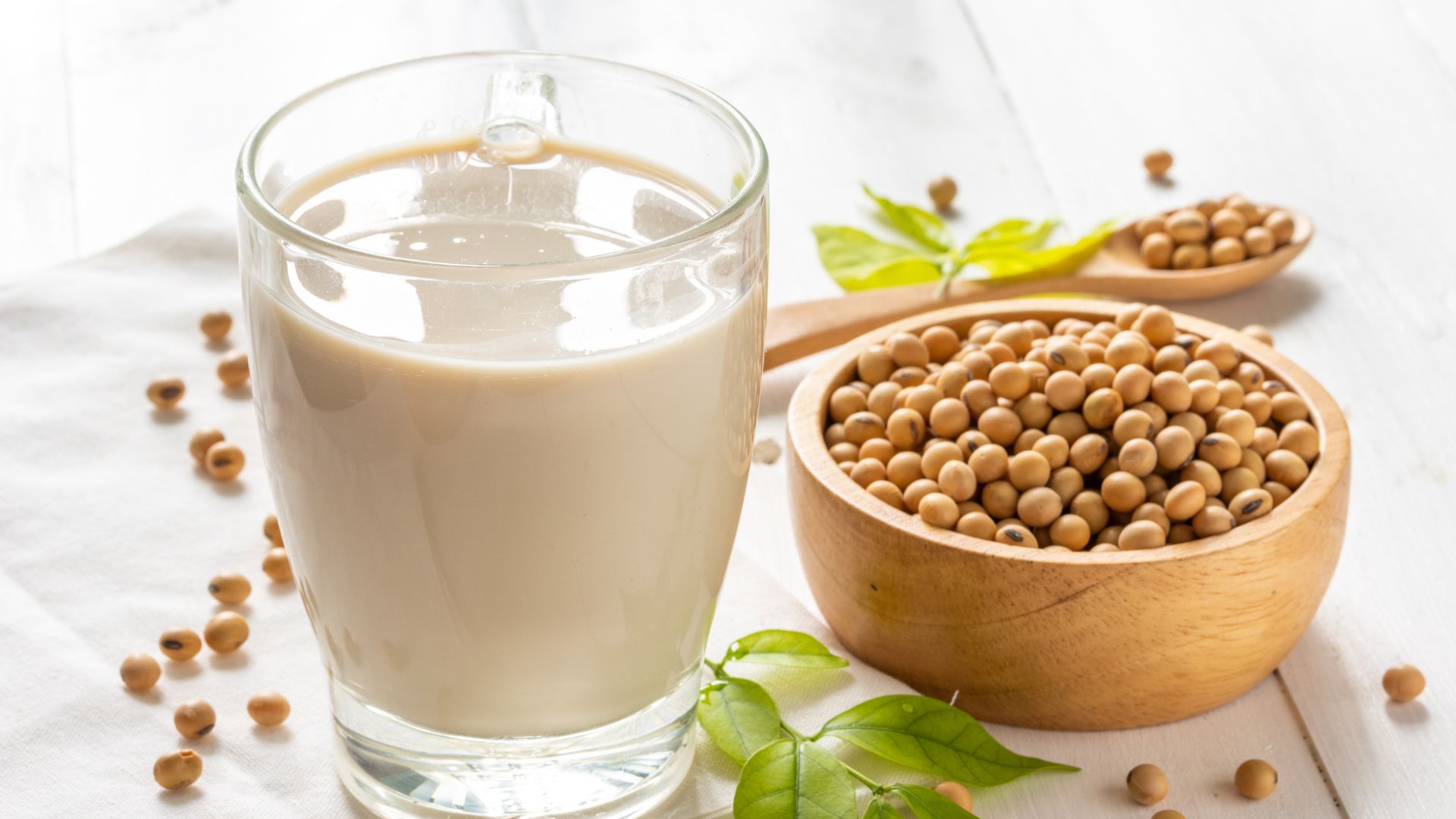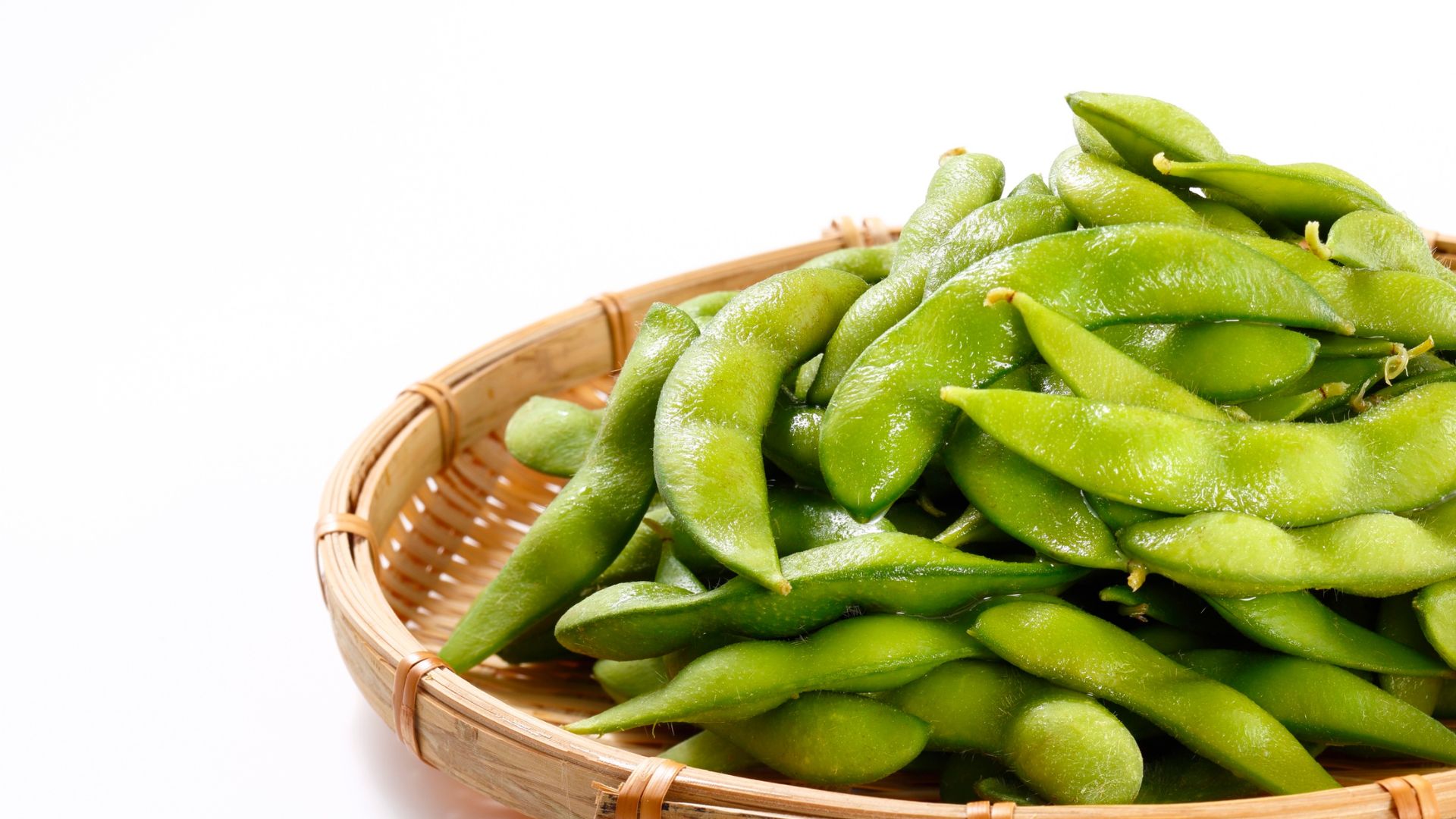Have you ever wondered whether soy is truly good for your health or if it actually hides potential dangers? In recent years, soy has gained popularity in Western diets, but it has also been the subject of many myths and concerns—particularly regarding its impact on hormonal health and cancer.
In this article, we’ll debunk the most common myths about soy and explore the real benefits this food can offer your health—from its role as a protein source to its positive effects on cardiovascular health and menopause. Discover what science really says about soy and how to take advantage of its properties to enhance your well-being.
Marta Florido – Neolife Nutrition Unit
Soy: A Leguminous Seed
Soy is classified as a legume and is known for its beneficial fatty acid profile. Although its consumption has increased in recent years, soy has been a staple in Asian cuisine for over two thousand years. In other words, it has been part of the human diet for millennia, long before becoming popular in other parts of the world.
The origin of this legume—also known as soybean—can be traced back to China, where it has been consumed for around 2,000 years. It remained unknown in the rest of the world until the 7th century when it spread to Japan. Europe was introduced to it in the 17th century, and the United States in the early 19th century.
In Spain, soy is one of the most consumed legumes, yet paradoxically, one of the least cultivated. This means we depend heavily on imports. However, the region with the most soy production in Spain is Andalusia, especially the mid and upper Guadalquivir valley.
- Common soy: The variety that has been consumed in China for millennia.
- Green soy (mung beans): Originally from India, it produces the popular soybean sprouts known today. It has a mild taste and aids digestion.
- Azuki soy: Deep maroon in color, it’s ideal for stews and contains about half the carbohydrate content of regular soybean
Two Main Categories of Soy
Fermented soy: Has prebiotic properties and may enhance the population of beneficial bacteria in our gut microbiota.
- Nattō: Made only with soybeans and the fermenting bacterium Bacillus subtilis (var. natto), it undergoes short fermentation (24–48 hours) and has a strong bitter taste. It’s a great source of protein, iron, potassium, and vitamin K2.
- Tempeh: A fermented soy product from Indonesia, made by fermenting soybeans with Rhizopus fungi.
- Miso: Fermented soy paste aged from a few months to a year with Aspergillus oryzae, salt, and sometimes rice or other grains. Used in miso soup and cooking, it aids digestion and supports gut health.
Unfermented soy:

- Soy milk: One of the few plant-based milks that doesn’t require emulsifiers, thanks to soy’s fatty acid profile. It’s made by soaking, grinding, extracting, cooking, and homogenizing soybeans. Choose versions with no added sugars.
- Tofu: Soy curd, typically coagulated with calcium sulfate or calcium chloride (check the label to confirm it’s a calcium source).
- Textured soy protein: Made from defatted soy flour, which is extruded under high heat and pressure to create a fibrous texture similar to meat. It is very rich in protein (50–55 g per 100 g) and fiber. Rehydrate with broth and spices for flavor.
- Edamame: Immature soybeans harvested before fully ripening, usually boiled or steamed and served with salt. A great source of plant protein, fiber, vitamins (like folate), and minerals (like iron and magnesium).

Myths and Facts About Soy
Below, we’ll debunk some of the most common myths surrounding soy consumption.
- Does soy harm the thyroid?
In the 1990s, some studies in rats suggested that soy isoflavones could cause hyperthyroidism or reduce thyroid hormone production. However, in 2018, the EFSA concluded that isoflavones do not affect thyroid function. That said, it’s important not to consume soy milk at the same time as thyroid medication (levothyroxine)—but the same applies to cow’s milk. Levothyroxine should always be taken on an empty stomach, 1–2 hours before any food or drink.
- Does soy increase cancer risk?
This is another common myth. Years ago, there was concern in the scientific community that soy isoflavones (phytoestrogens) might act like estrogen in the body and worsen cancer outcomes. However, recent research shows that moderate soy consumption does not increase cancer risk and may even offer health benefits. Soy isoflavones can also help relieve menopause symptoms. One study showed that they reduce the severity of hot flashes by 26% and their frequency by 20%. Therefore, adding soy to the diet during menopause can be beneficial.
Research also indicates that women undergoing breast cancer treatment with tamoxifen who also supplement with soy isoflavones respond better to treatment. One study of over 5,000 women with breast cancer found that those who consumed more soy protein had significantly lower risk of death or cancer recurrence.

- Is soy a good source of protein?
Soy protein is a complete protein, meaning it contains all the essential amino acids the body needs, making it an excellent choice for vegetarian or vegan diets.
Scientific evidence supports soy’s protein quality:
- Amino acid profile: Similar to animal proteins, especially rich in lysine and leucine, key for muscle protein synthesis and recovery.
- Digestibility: Slightly lower than animal proteins but still high. Its PDCAAS (Protein Digestibility-Corrected Amino Acid Score) is 1.0—the highest possible score.
- Compared to other plant proteins: Soy protein outperforms pea, rice, and wheat proteins in amino acid profile and absorption efficiency.
In short, soy protein is considered high quality due to its complete amino acid profile, high digestibility, and effective use by the body.
- Is soy good for cardiovascular health?
Scientific evidence shows that consuming soy and soy products (like tofu, tempeh, and soy milk) may improve cardiovascular health by lowering LDL cholesterol, enhancing vascular function, and reducing blood pressure—all of which lower the risk of heart disease.
In fact, Asian populations with high soy consumption show lower rates of cancer and cardiovascular disease compared to Western populations.
Combine Soy with Prebiotic Foods
Consuming soy isoflavones together with prebiotic foods like resistant starch (found in green bananas, legumes, cold potatoes, and oats) enhances their benefits. Tousen et al. (2016) found that combining isoflavones with resistant starch for 6 weeks increased the gut’s production of equol (a more active form of isoflavones). This improvement was due to increased proliferation of Bifidobacterium spp. in the gut microbiota.
Conclusion
Soy, a food with a rich history, continues to be a staple in many diets due to its health and nutritional benefits. Despite persistent myths—about thyroid issues or cancer risk—current scientific evidence refutes these fears. In fact, moderate soy intake has proven beneficial, particularly for reducing menopause symptoms and supporting cardiovascular health.
Soy is an excellent source of complete protein with essential amino acids, making it ideal for vegetarian and vegan diets. Fermented soy products like tempeh and miso offer added prebiotic benefits for gut health.
Soy consumption has also been shown to reduce LDL cholesterol and improve vascular function, reinforcing its role in heart health. Including soy and its derivatives in your daily diet not only enriches your protein intake, but also promotes a healthier lifestyle.
BIBLIOGRAPHY
(1) González Cañete, Natalia, & Durán Agüero, Samuel. (2014). Isoflavonas de soya y evidencias sobre la protección cardiovascular. Nutrición Hospitalaria, 29(6), 1271-1282. https://dx.doi.org/10.3305/nh.2014.29.6.7047
(2) Shu XO , Zheng Y , Cai H, et al. Ingesta de alimentos de soya y supervivencia al cáncer de mama. JAMA. 2009;302(22):2437–2443. doi:10.1001/jama.2009.1783
Brahe, L. K., Le Chatelier, E., Prifti, E., Pons, N., Kennedy, S., Blædel, T., … Larsen, L. H. (2015).
(3) Tousen, Y., Matsumoto, Y., Matsumoto, C., Nishide, Y., Nagahata, Y., Kobayashi, I., et al. (2016).
(4) https://www.cancer.org/es/cancer/noticias-recientes/la-soya-y-el-riesgo-de-cancer.html

